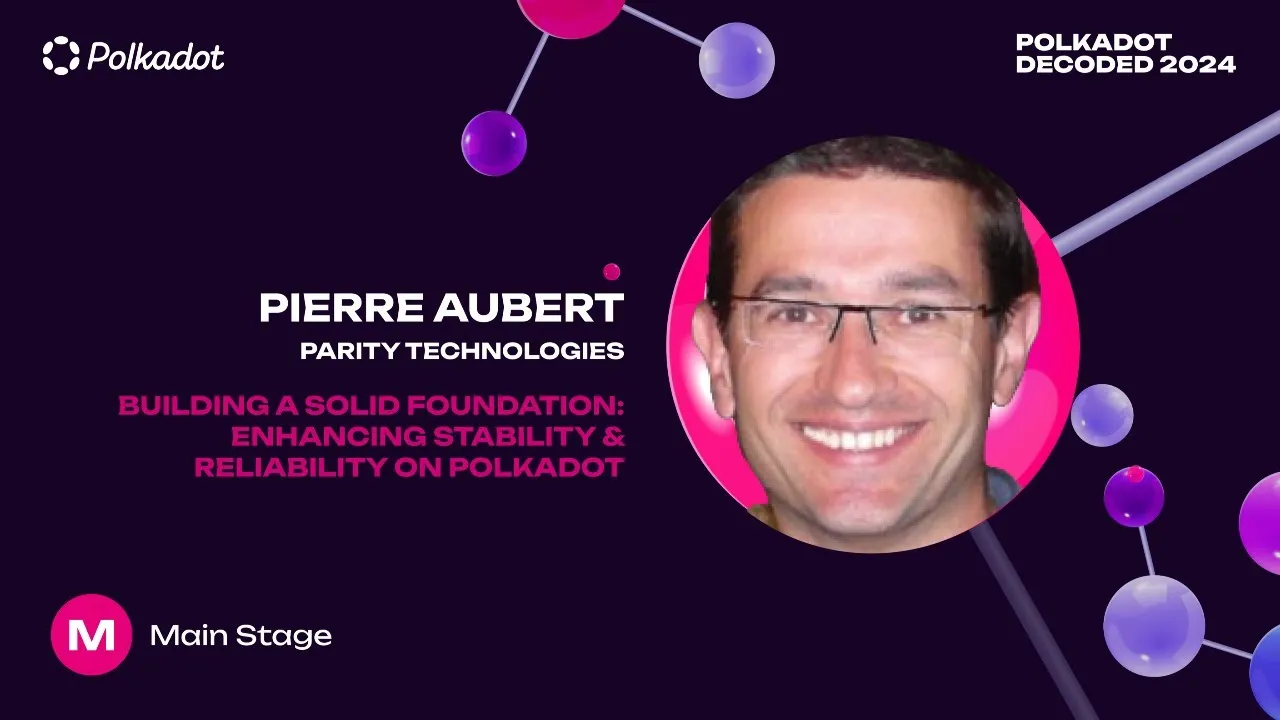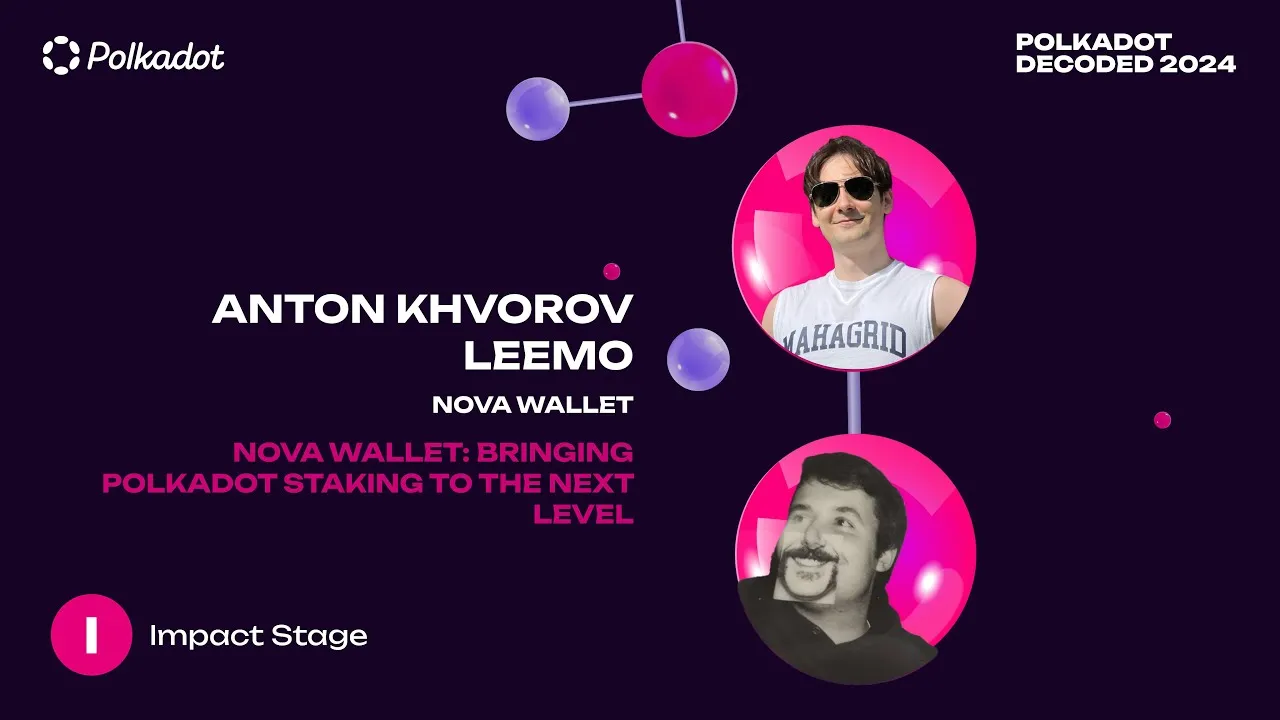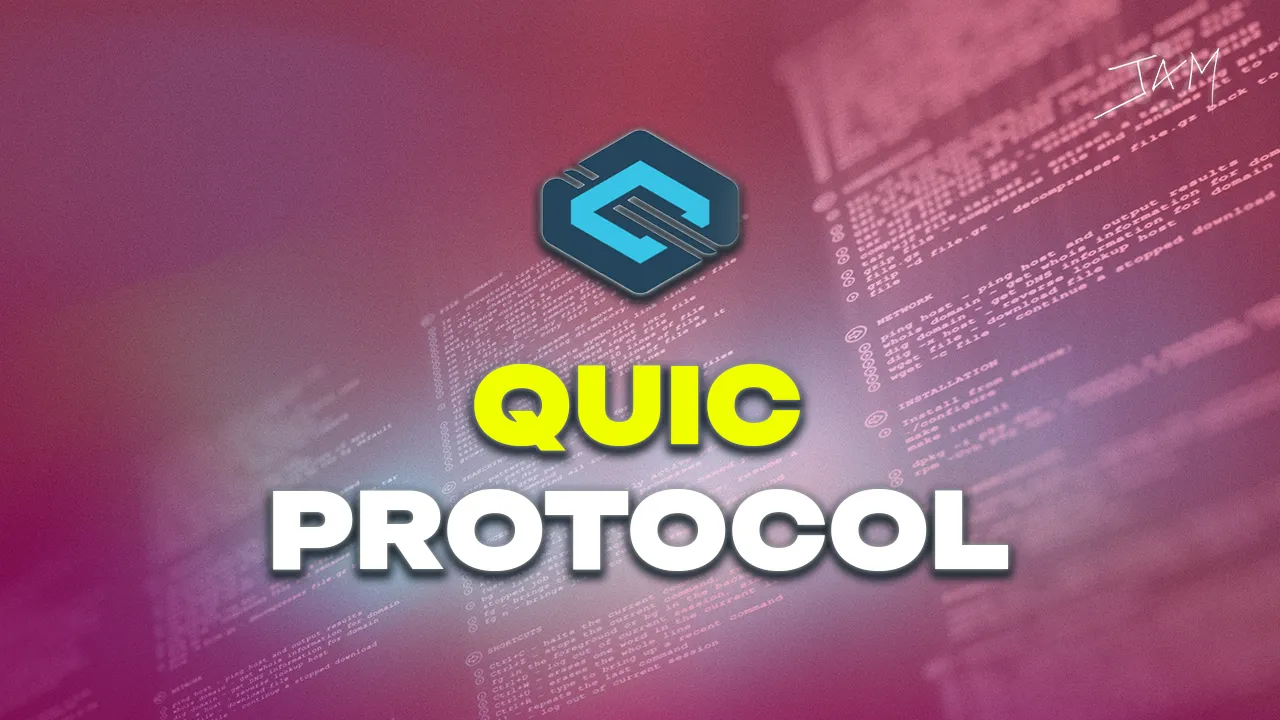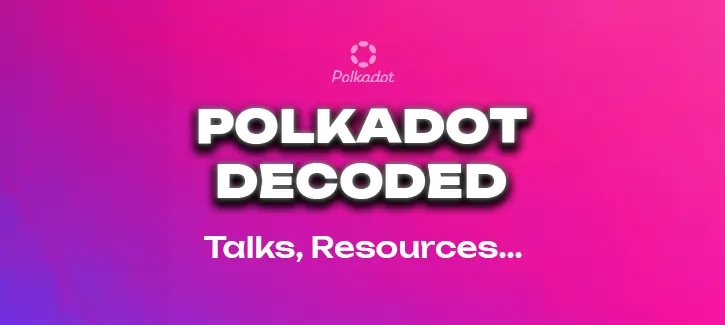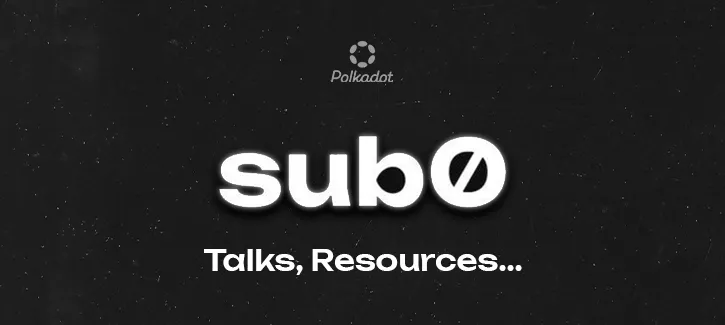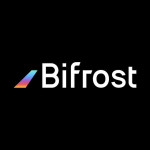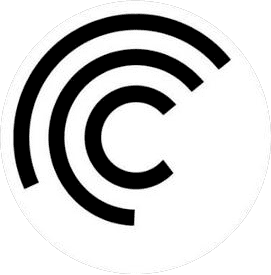

Statescan
StateScan is a block explorer and analytics platform specifically designed for Substrate-based blockchains.
StateScan: An Analytics Platform for Substrate-Based Blockchains
In the fast-evolving landscape of blockchain technologies, the need for robust, user-friendly analytics tools has become paramount. For those navigating the complex networks of Substrate-based blockchains such as Polkadot and Kusama, StateScan emerges as a beacon, offering unparalleled insights into on-chain activities. This page delves into the features and functionalities of StateScan, illustrating how it stands out as an essential tool for both developers and users within the Polkadot, Kusama and every substrate based blockchain ecosystems.
Introduction to StateScan
StateScan is a block explorer and analytics platform specifically designed for Substrate-based blockchains. Substrate is a framework that enables the creation of customizable blockchains, and it forms the foundation of prominent networks like Polkadot and Kusama. StateScan leverages the unique architecture of Substrate to provide detailed and actionable insights into transactions, accounts, blocks, and other on-chain data.
Core Features of StateScan
1. Comprehensive Block Explorer
At its core, StateScan functions as a comprehensive block explorer. Users can view real-time information about recent blocks and transactions on the network. It includes detailed analyses of transaction details, such as input data, outputs, and transaction fees, offering users clarity on the minutiae of blockchain operations.
2. Account Insights
StateScan allows users to delve into specific accounts on the blockchain. It provides a historical view of an account’s transactions, balances, and changes over time. This feature is particularly useful for users tracking their own transactions or for developers monitoring the effects of smart contracts and interactions.
3. Enhanced Transparency and Debugging Tools
For developers, StateScan is more than just an analytical tool; it is an essential component in the debugging process. The platform’s ability to present transaction execution details, including errors and logs, allows developers to troubleshoot issues in smart contract deployment and operation efficiently. This level of detail enhances the overall transparency of the network, making Substrate-based blockchains more accessible and understandable to a broader audience.
4. Real-Time Data and Historical Analysis
One of StateScan’s standout features is its capability to blend real-time data monitoring with deep historical data analysis. Users can observe live blockchain activity and compare it against historical data to identify trends, patterns, and anomalies. This is invaluable for analysts and researchers focused on the evolution and health of the blockchain ecosystem.
User-Friendly Interface
Ease of use is a critical component of StateScan. The platform is designed with a clean, intuitive interface that lowers the barrier to entry for new users while still offering the depth required by more advanced users. Navigation is straightforward, with clear menus and interactive elements that make exploring blockchain data less daunting.
Applications of StateScan in the Blockchain Ecosystem
1. Enhanced User Engagement
For everyday users of Polkadot and Kusama, StateScan enhances engagement by providing a transparent view of their transactions and interactions. This transparency builds trust and confidence in the network, as users can directly see the outcomes of their actions on the blockchain.
2. Developer Support and Innovation
Developers benefit significantly from the insights provided by StateScan. By understanding how their applications perform on the blockchain, developers can make informed decisions to optimize performance and enhance security. Moreover, StateScan’s detailed error logs and transaction tracing capabilities are indispensable for continuous improvement and innovation.
3. Research and Analytics
Academics and analysts use StateScan to study the broader implications of blockchain technology. The platform’s comprehensive data access facilitates research into economic models, network effects, and blockchain usage patterns, contributing to academic papers and industry reports.
Conclusion
StateScan is more than just a tool; it’s an essential part of the ecosystem for Substrate-based blockchains like Polkadot and Kusama. By providing detailed, real-time insights into blockchain operations, StateScan not only empowers users and developers but also enhances the overall transparency and functionality of the network. As blockchain technology continues to evolve, tools like StateScan will play a pivotal role in shaping its accessibility and success, ensuring that all participants can navigate this complex landscape with confidence and clarity.
In conclusion, whether you’re a developer looking to fine-tune your applications, a user seeking to track your transactions, or a researcher aiming to unlock new insights, StateScan offers a powerful, intuitive platform that meets a wide range of needs. As the blockchain world grows ever more intricate, having a reliable window into the mechanics of your network is not just useful; it’s indispensable.
Related Projects:

Subsquare
DAO tool to propose, discuss and vote on gov. proposals.
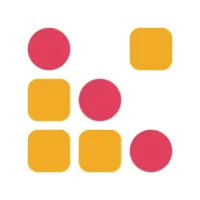
DoTreasury
Info about all Polkadot and Kusama governance proposals.
Statescan project details:
- Founder/s: Yongfeng Li..
- Legal Entity: OpenSquare.

